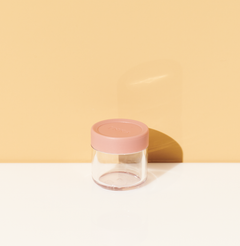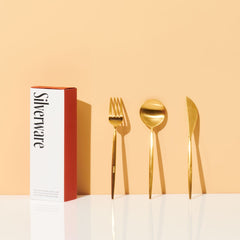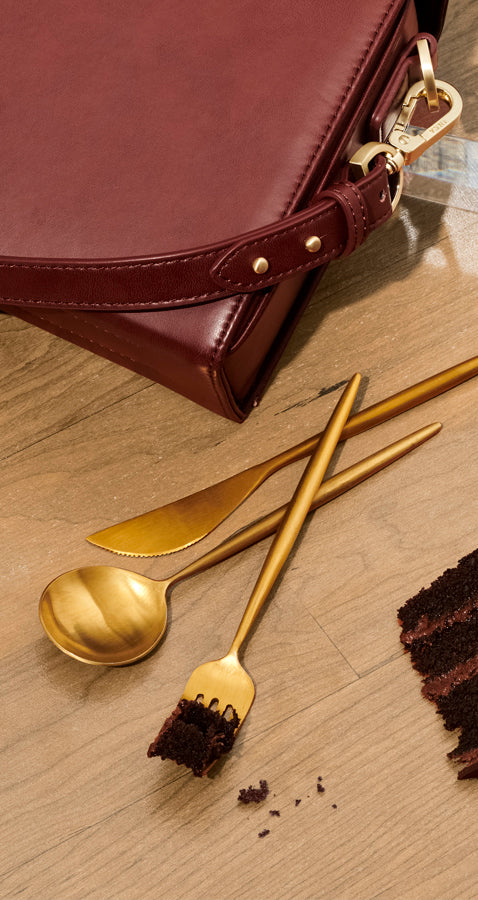There’s no “eat by” label on leftovers, let alone a “how to store” one. So, while ending up with leftovers is easy, storing them is anything but!
Americans throw away about 40% of their food annually and leftovers are responsible for nearly 23% of that waste. The uneaten food gets thrown out for two main reasons: spoilage (real or perceived) or people thinking they just don’t like leftovers.
Allow us to drop some storage knowledge on you that’s sure to keep your leftovers alive –and looking good– longer.
--
The Basics
Here are 5 general rules you should follow with all your leftovers:
1. Cool is the Rule
Bacteria love heat so proper cooling is a must. To keep bacteria out, set your fridge to below 40 degrees (ideally 36-38) and don’t leave leftovers out too long (2 hours max) before storing in the fridge. It seems counterintuitive, but the longer they stay out at room temp, the higher the risk.
2. Airtight is Right
You’ll notice that airtight containers are a must for food storage. Coupled with the right temperature, proper sealing helps keep the freshness in and the bacteria out.
3. First In, First Out
It’s like putting the oldest berries at the front in the supermarket, but in your fridge! Eating your oldest food first helps ensure you don’t waste it because it spoiled or, more likely, you forgot about it.
4. When in Doubt, Throw it Out.
If you can’t remember how long your leftovers have been in the fridge and their smell or look is a cause for concern, ignore the food waste guilt and listen to your gut. We’d rather you toss that leftover shrimp scampi than find yourself over the nearest toilet.
5. Reheat Only What You’ll Eat
Leftovers should be reheated only once. With each round of cooling, storing, and reheating, the chance of bacteria increases, and with it, the risk of food poisoning. This is especially important when using the freezer, and why we recommend storing leftovers in individual portions.
The Specifics
Now that you know the basics, here’s the essential info for your most common leftovers.

Rice (3-5 days)
Rice is particularly susceptible to bacteria because it’s moist. It’s important to cool rice as quickly as possible then get it into an airtight, cold environment. It’s also best to store rice separate from sauces or toppings.

Pasta (3-5 days)
Pasta is starchy, which means it soaks up liquid and turns soggy. It’s best to store it separately from sauce when you can (our sauce pots can help with that). Pro tip: reheat noodles by dropping them into boiling water for a couple seconds.

Pizza (3-4 days)
When you find yourself with leftover pizza, (which for us, isn’t often), slices must be kept airtight for maximum freshness. While mom’s classic seran wrap fix works, we prefer the more sustainable option of layering in a food container. To keep slices from sticking together, place a piece of aluminum or parchment between layers.

Roasted Veggies (3-4 days)
Having a large batch of roasted veggies on hand to toss in dishes throughout the week is a gamechanger (as we learnt in our meal prepping article). But warning: pre-cooked veggies do not freeze well. They do store beautifully in the fridge though — obviously, in airtight containers.

Cooked Meats (3-4 days)
Let cooked steak, chicken, etc. cool completely (max 2 hours) before refrigerating in airtight containers. It’s best to debone, shred, or cut your meat to save space and time. But that doesn’t mean you should toss the carcass! Do the low-waste thing and save it for a rainy day to make stock. When freezing meat, we recommend individually portioning it so defrosting is easier. Cooked meat lasts up to 4 months in the freezer.

Cooked Seafood (3-4 days)
Seafood has a short shelf life once cooked. If you’re cooking shellfish, try to avoid leftovers altogether and leave what you don’t think you’ll eat uncooked. Other seafood, like your salmon teriyaki, will stay fresher longer — a maximum of 4 days — but is best consumed within 24 hours of cooking.

Soups, Broths, & Stews (3-4 days)
Our liquid meal of choice always tastes better the next day. So, go ahead and make a whole stock-pot’s worth. Store yours in individual, airtight portions to make for easy reheating. In the freezer, soups last for 4-6 months.

Salads (0-3 days)
This one is tricky. If your salad is dressed, it won’t last a day in the fridge without wilting. You can get around the wilt and prep salads for the week if you keep the dressing (and any sog-prone toppings) on the side (get yourself an INKA Sauce Pot for that). Grain and/or pasta-based salads are good for a couple of days.
--
Thanks for reading folks! Now go get Good at Food Storage.
Words by Emilie Swan














